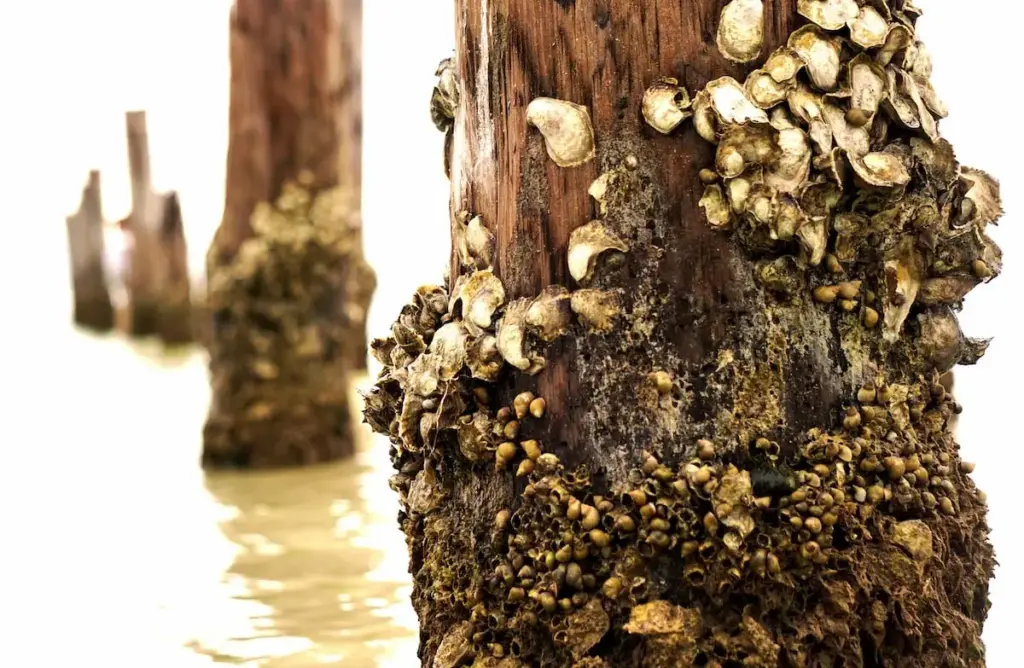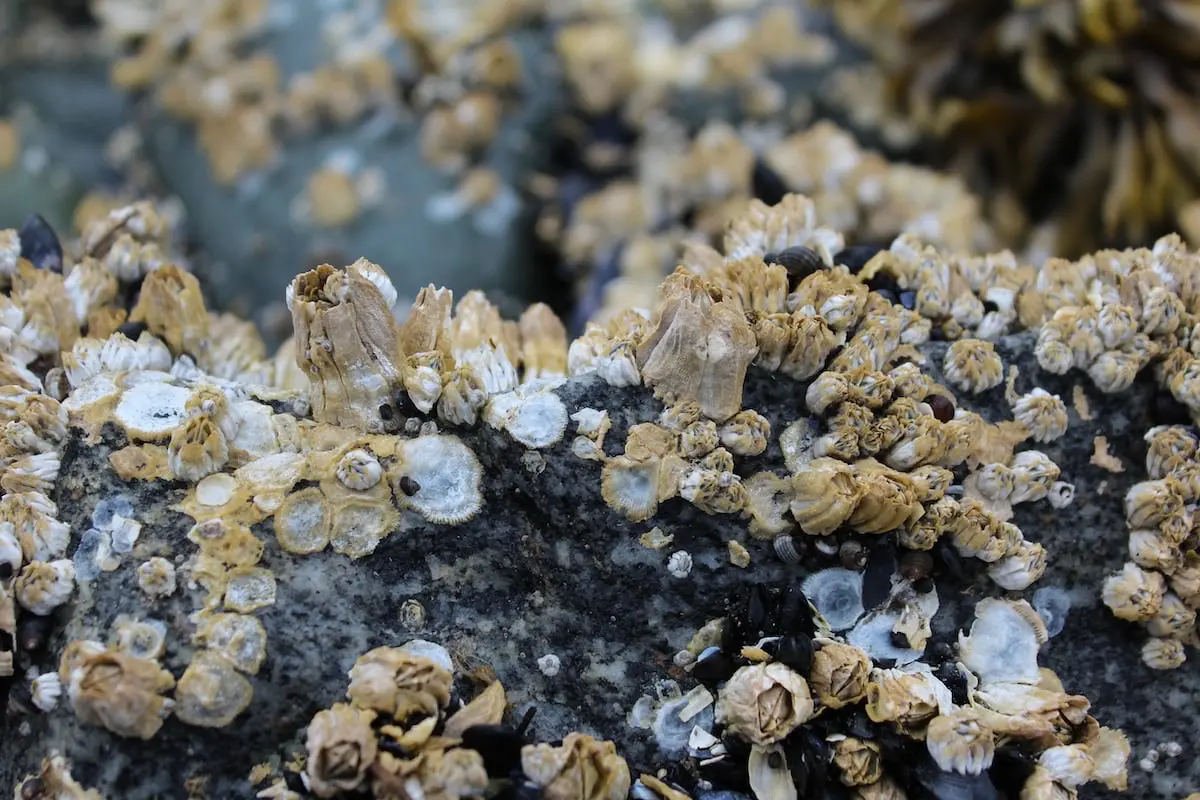[ad_1]
Have you ever seen barnacles on a rocky shore or the side of a boat and felt amazed? Chances are, probably not. These small, bumpy organisms are known to grow on rocks, boats and even whales, but most people probably don’t think twice about them. Barnacles may just seem like lumpy things in the water, but there is so much more to them than meets the eye.
Barnacles are living organisms (yes, they’re alive!) They are crustaceans, related to crabs, shrimp and lobsters. Scientists have discovered more than 1,400 species of barnacles, with the acorn barnacle being the most commonly known. These animals like to live in rocky intertidal areas or even near underwater volcanoes where there is active, moving water. This makes mealtime much easier for them since they are filter feeders. Barnacles use sensory appendages called cirri to comb through the water to grab their next snack.
Love ocean content?
Enter your email and never miss an update
var form = document.getElementById(’email-signup-658db0e495294′);
form.querySelector(‘.rsform__field–email’).addEventListener(“nb:result”, e => {
var nbStatus = form.querySelector(“[name=”nb_email_status”]”);
var nbDate = form.querySelector(“[name=”nb_validation_date”]”);
var currentDate = new Date();
nbStatus.value = e.detail.result.response.result;
nbDate.value = currentDate.toISOString().split(‘T’)[0];
grecaptcha.enterprise.ready(async () => {
var tokenField = document.querySelector(“#email-signup-658db0e495294 [name=”token”]”);
var token = await grecaptcha.enterprise.execute(‘6Lcmr3shAAAAAAVRlvJrsUufEEQuItzNDlkpmB2g’, {action: ‘verify’});
tokenField.value = token;
});
});
<!– –>
Unlike many other crustaceans, barnacles are sessile as adults, which means they stay in one place. Barnacles begin their lives as itsy-bitsy larvae, floating through the water column until they find a suitable place to call home. Once they find their prime choice in real estate (most often rocks, but sometimes vessels or other organisms), they set up shop permanently. To secure themselves to their new home, barnacles secrete a fast-curing and extremely adhesive “cement”. This natural protein-rich adhesive is one of the strongest natural glues known to science to date. Once barnacles glue themselves to an object, they never move again. Now that’s some serious commitment!
After attachment, a barnacle begins to grow its shell. Over time, the animal grows six calcium carbonate plates. Four of these plates become a “door” that the barnacle uses to feed and, if living in intertidal areas, retain moisture when the water recedes. Like other crustaceans, barnacles outgrow their shells. Unlike other crustaceans, they can’t move to find a new home. Instead, they molt their outgrown shell and regrow a new one. Scientists are still unsure how exactly barnacles do this, but they theorize it involves a unique chemical reaction that creates space inside the shell as new calcium carbonate develops.
People in maritime industries are often annoyed by barnacles, and it’s not just because they are hard to remove from boats and buoys. Large barnacle colonies can increase drag, affecting the energy efficiency of a ship, which in turn causes them to use more fuel than usual. The United States Navy estimates that extreme barnacle growth could increase fuel consumption up to 40%. This poses significant environmental and economic impacts, so it’s important to keep barnacle growth on vessels in check.

if(typeof window.oc_media_credits === ‘undefined’) {
window.oc_media_credits = {};
}
window.oc_media_credits[72291] = “Public Domain”;
While barnacles may cause nautical hindrances, they are proving to be helpful in some areas of science, including forensic investigations. About a year after the vanishing of Malaysian Airlines Flight 370 (MH370) in 2014, pieces of wreckage began to wash ashore on the island of Réunion. Gooseneck barnacles (Lepas anatifera) had grown on the debris, which led investigators to recruit scientists trained in a discipline called sclerochronology. This is the study of chemical composition and temperature markers within a shell over time (similar to tree-ring science, but for shells). The barnacle shells could offer critical coded information about where the debris has been in the ocean and when. While this science is still in its infancy, these studies could help tremendously in the journey to retrace the drift path of MH370 and deconstruct the mystery behind the airline’s disappearance.
Barnacles may not be as cute or charismatic as other marine wildlife, but they still depend on a healthy ocean to thrive. Ocean acidification can harm their growth and shell maintenance, making them especially vulnerable to the impacts of climate change. Click here to learn more about Ocean Conservancy’s work to combat ocean acidification and strengthen the wildlife and communities affected by it today.
The post What’s the Deal with Barnacles? appeared first on Ocean Conservancy.
[ad_2]
Source link

